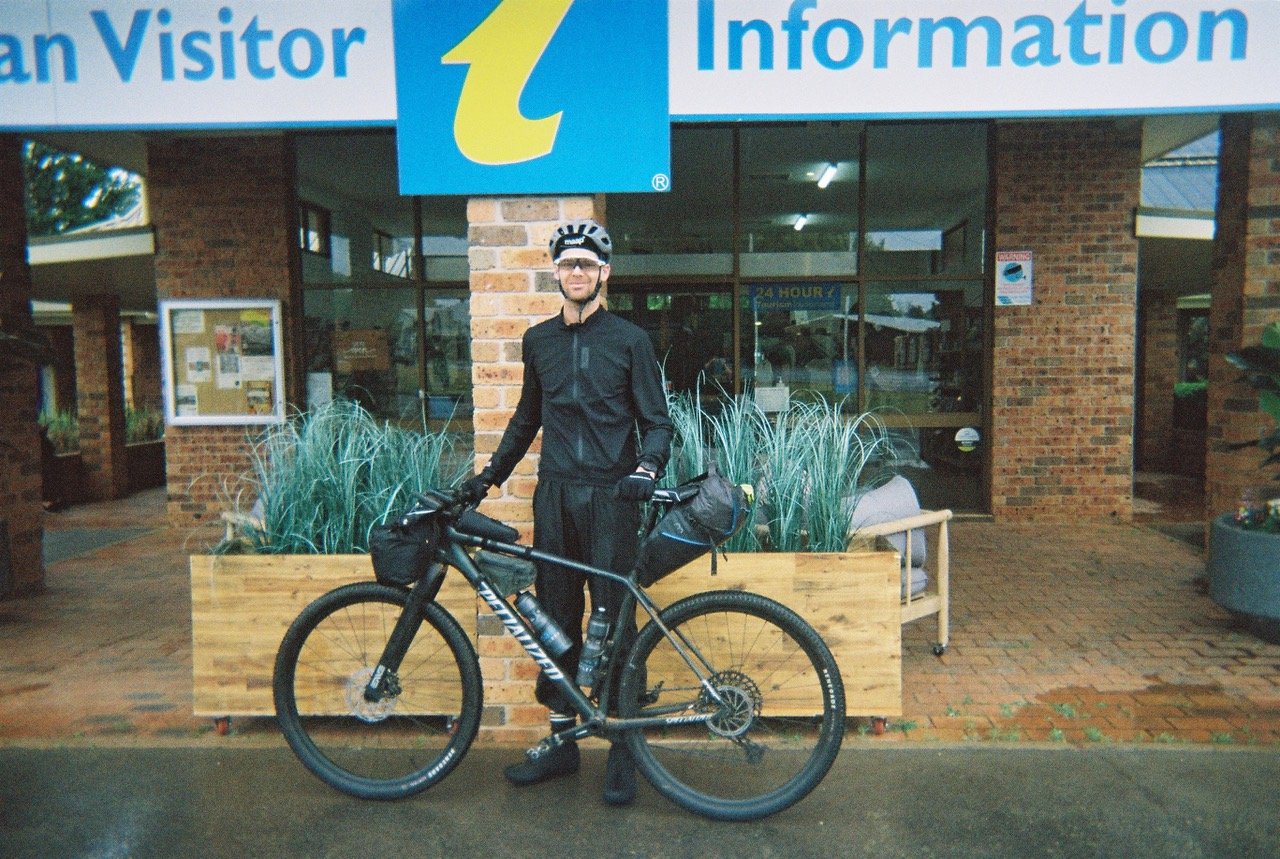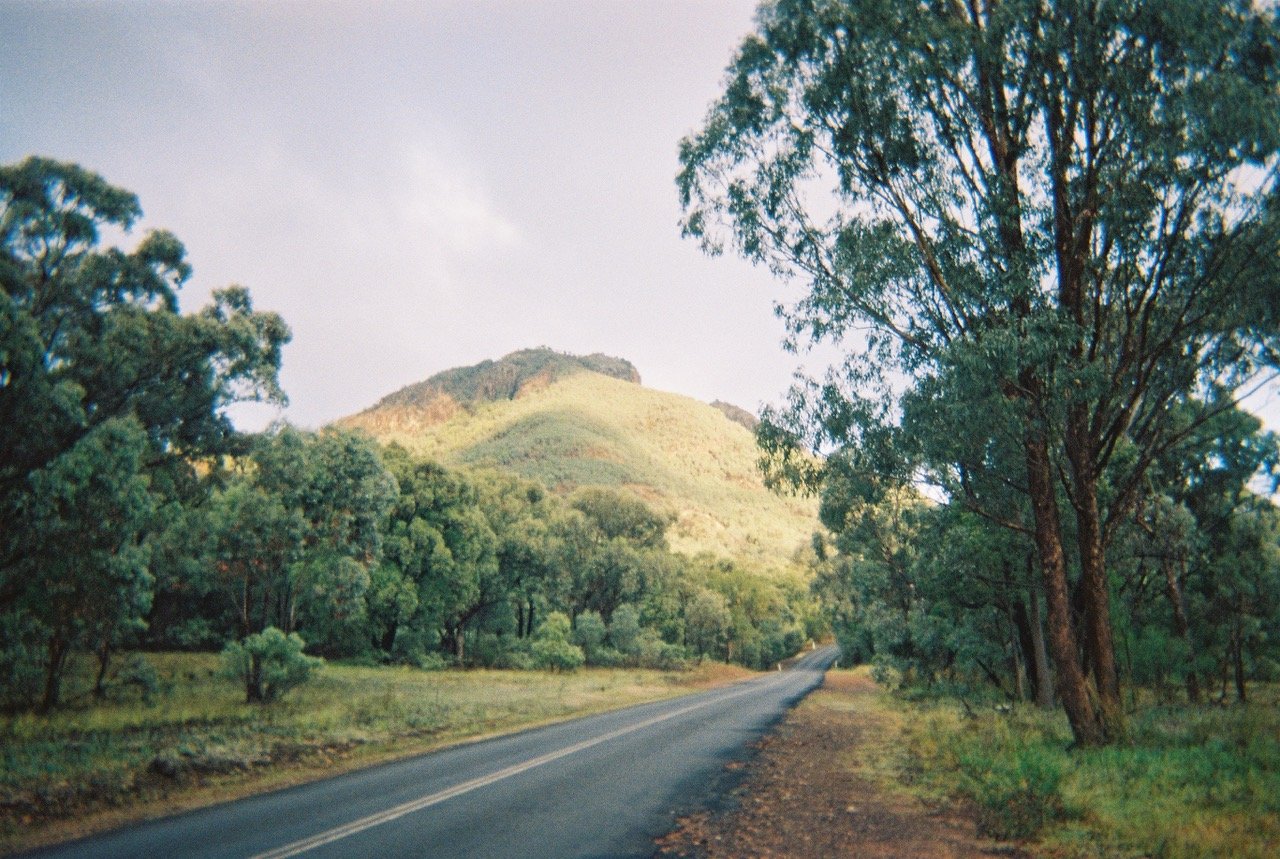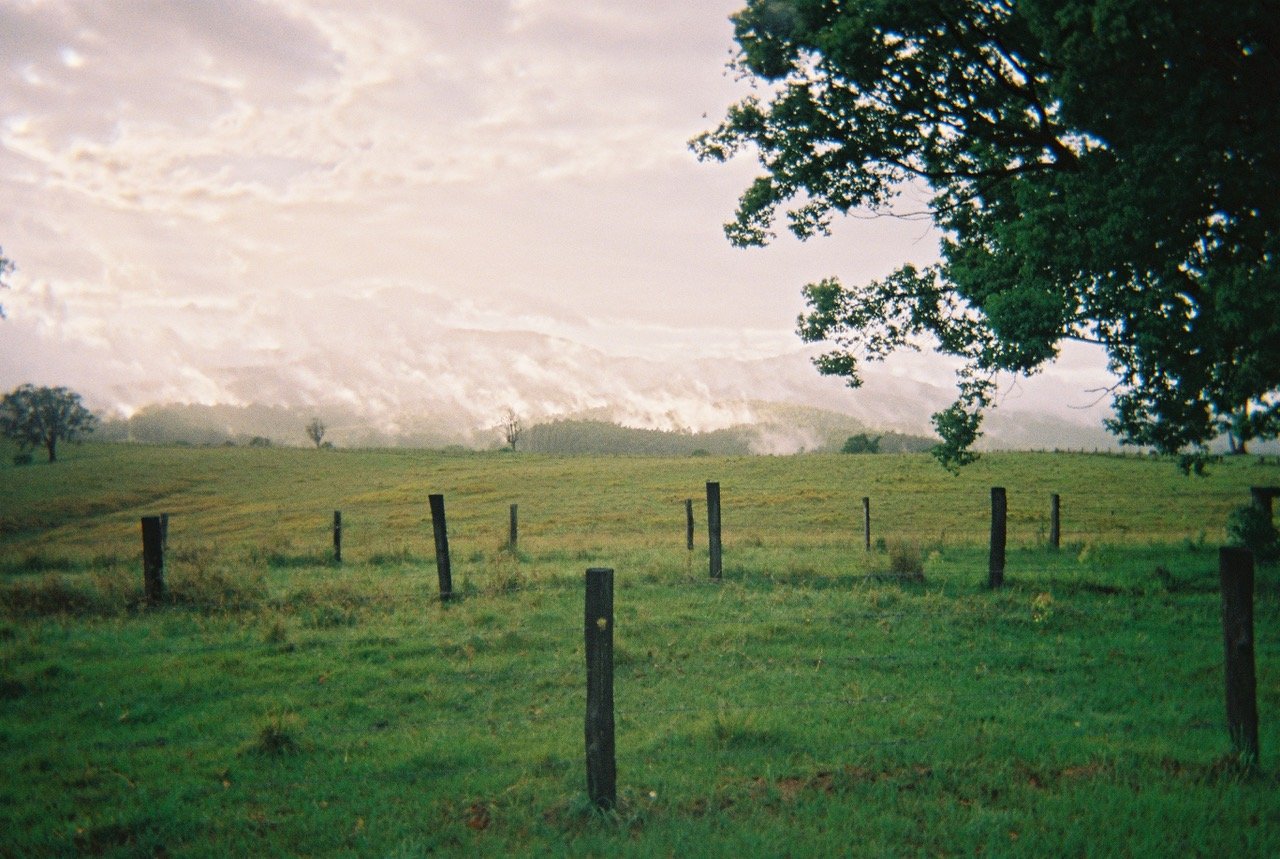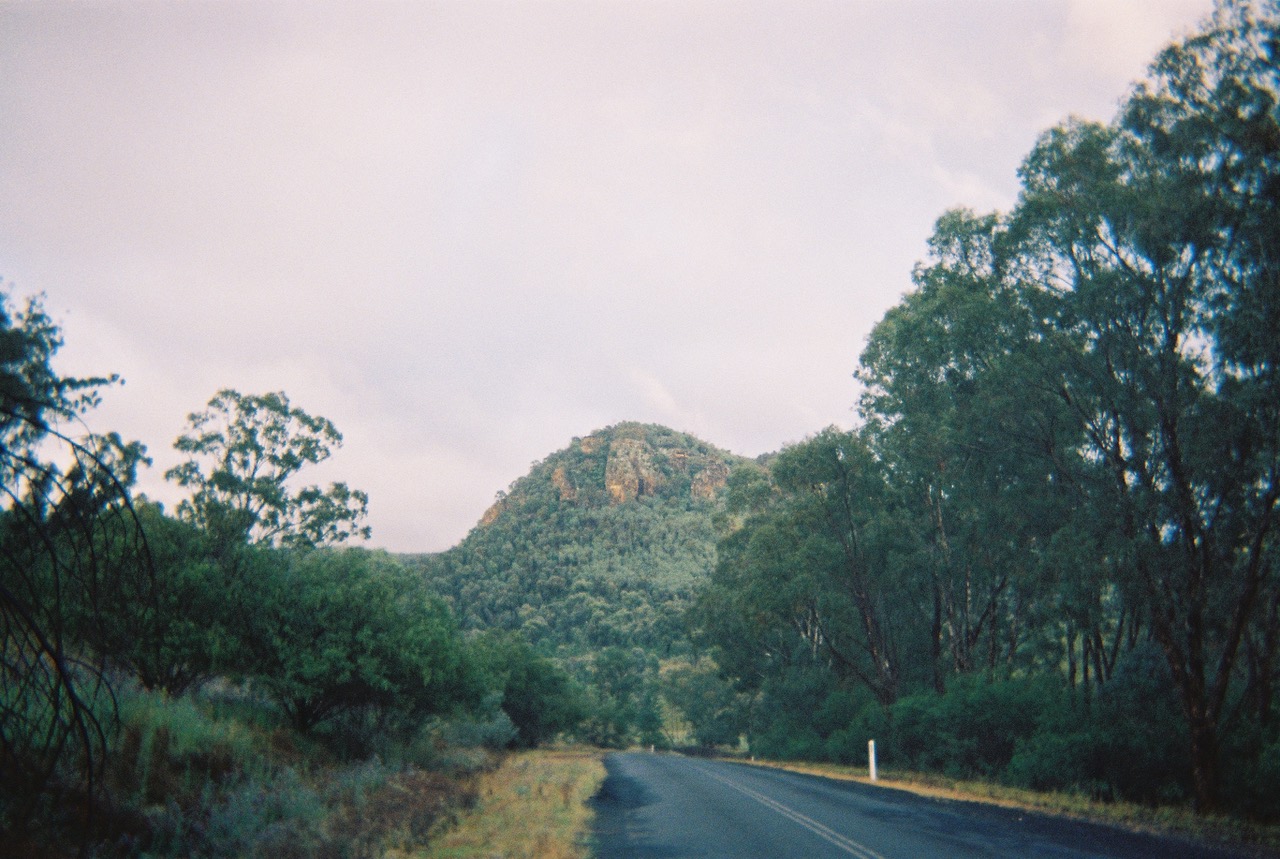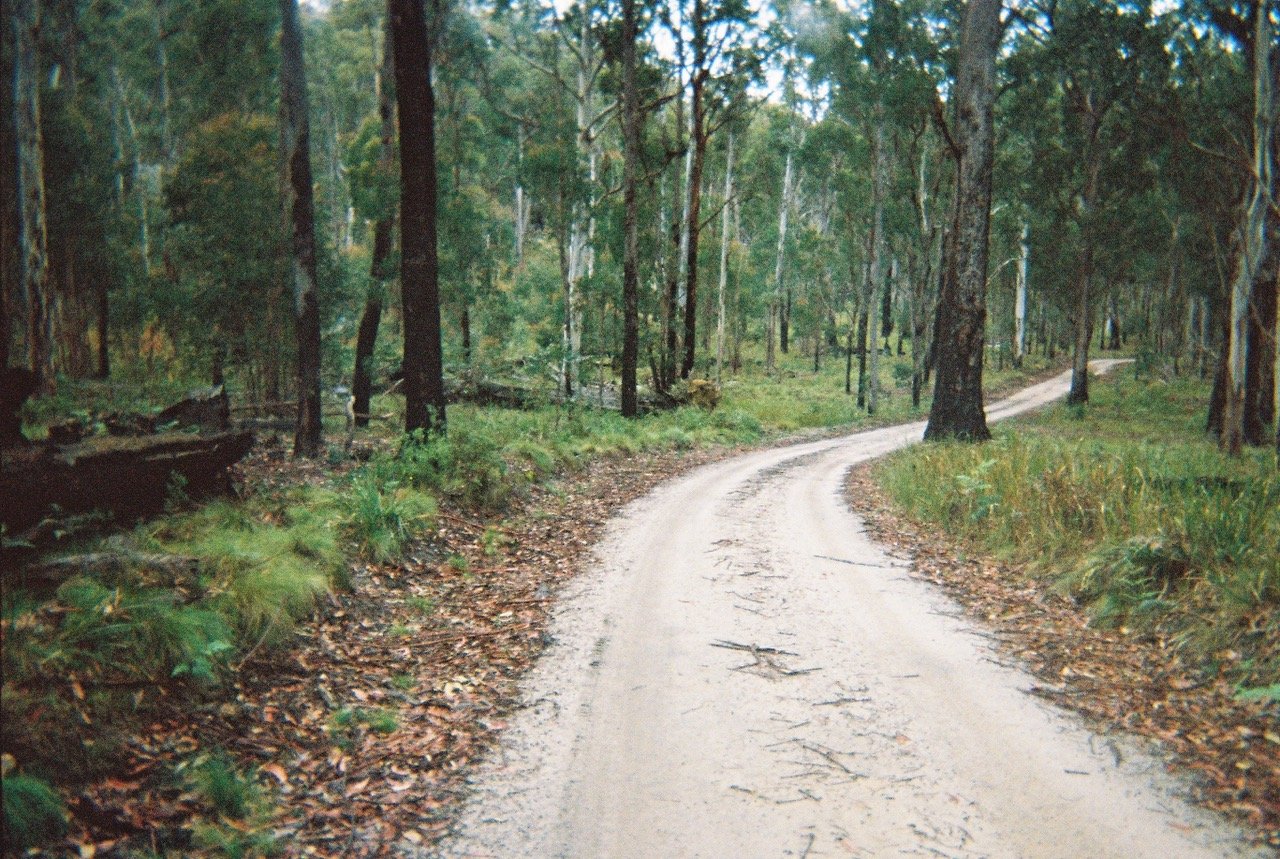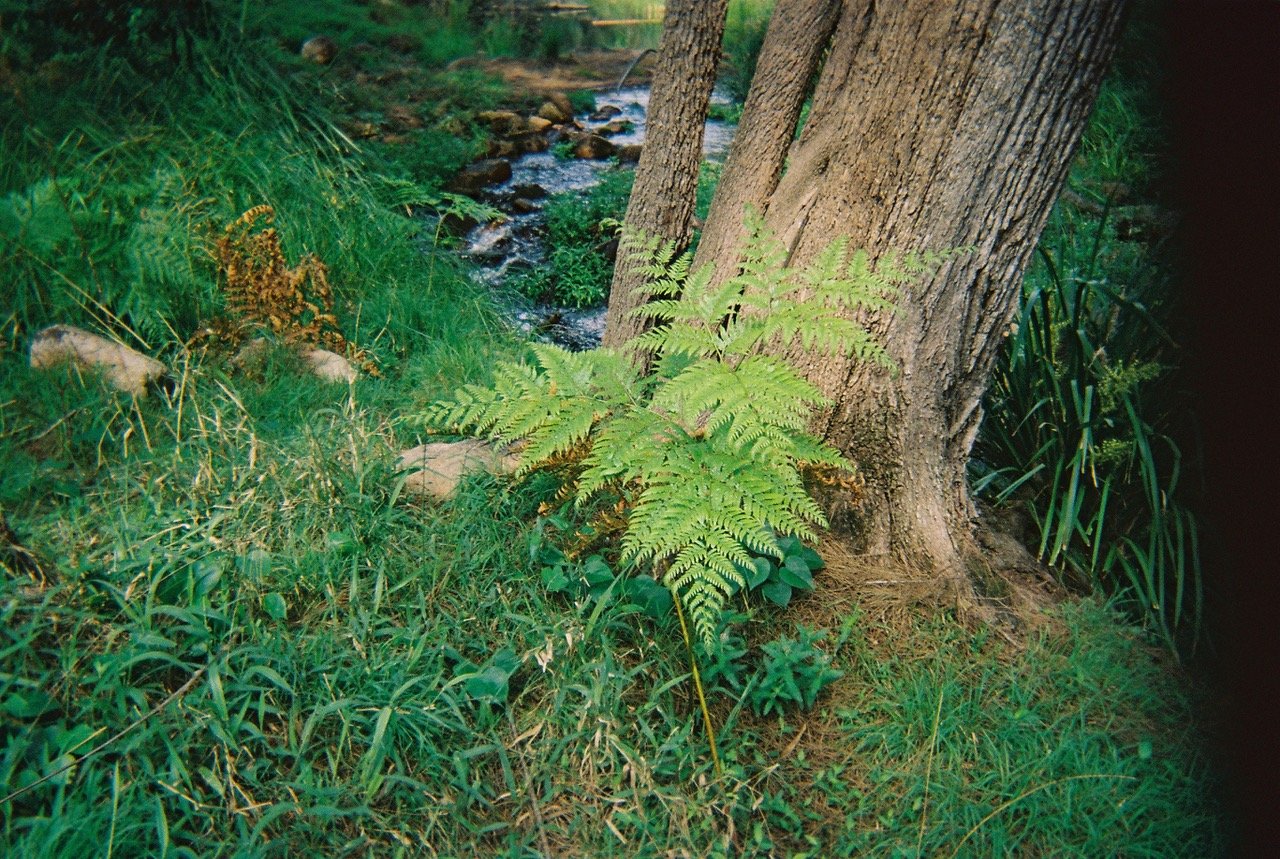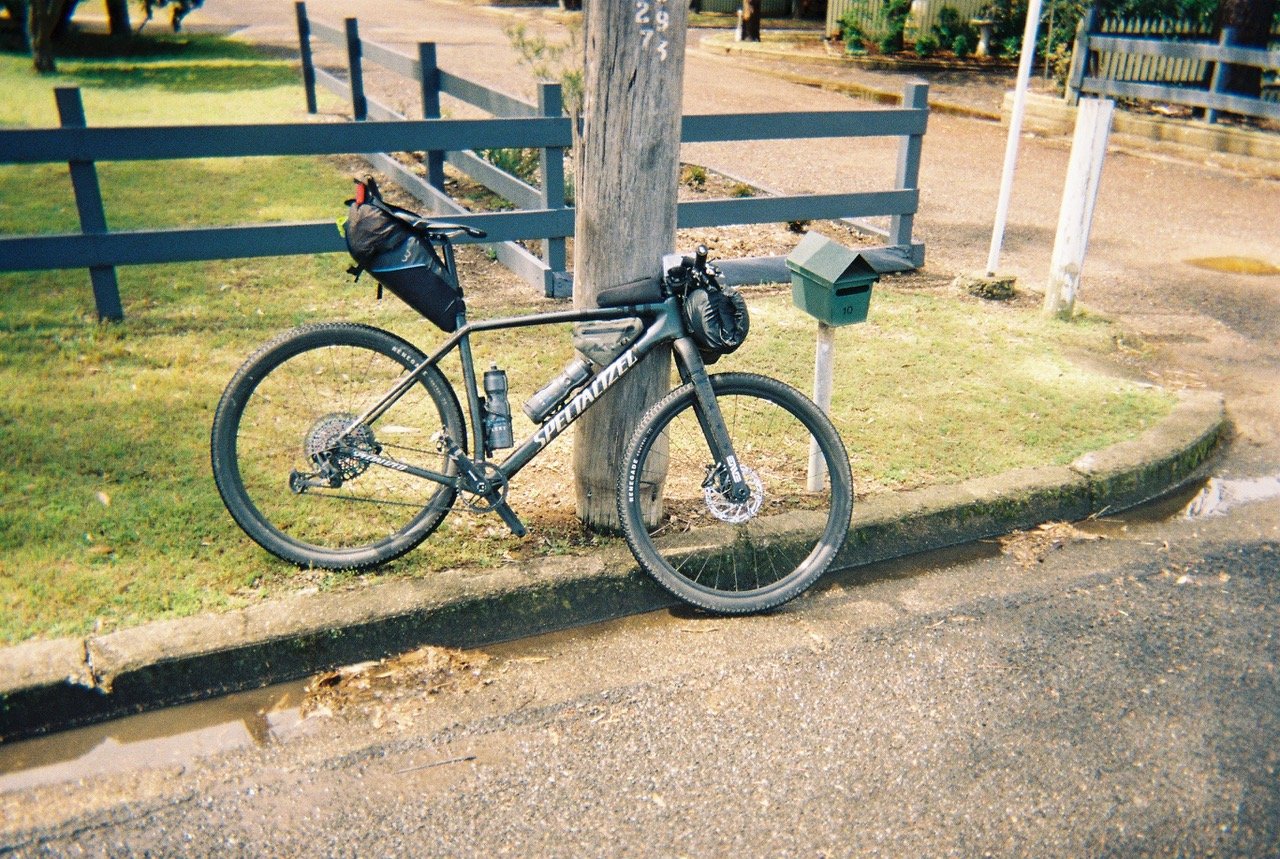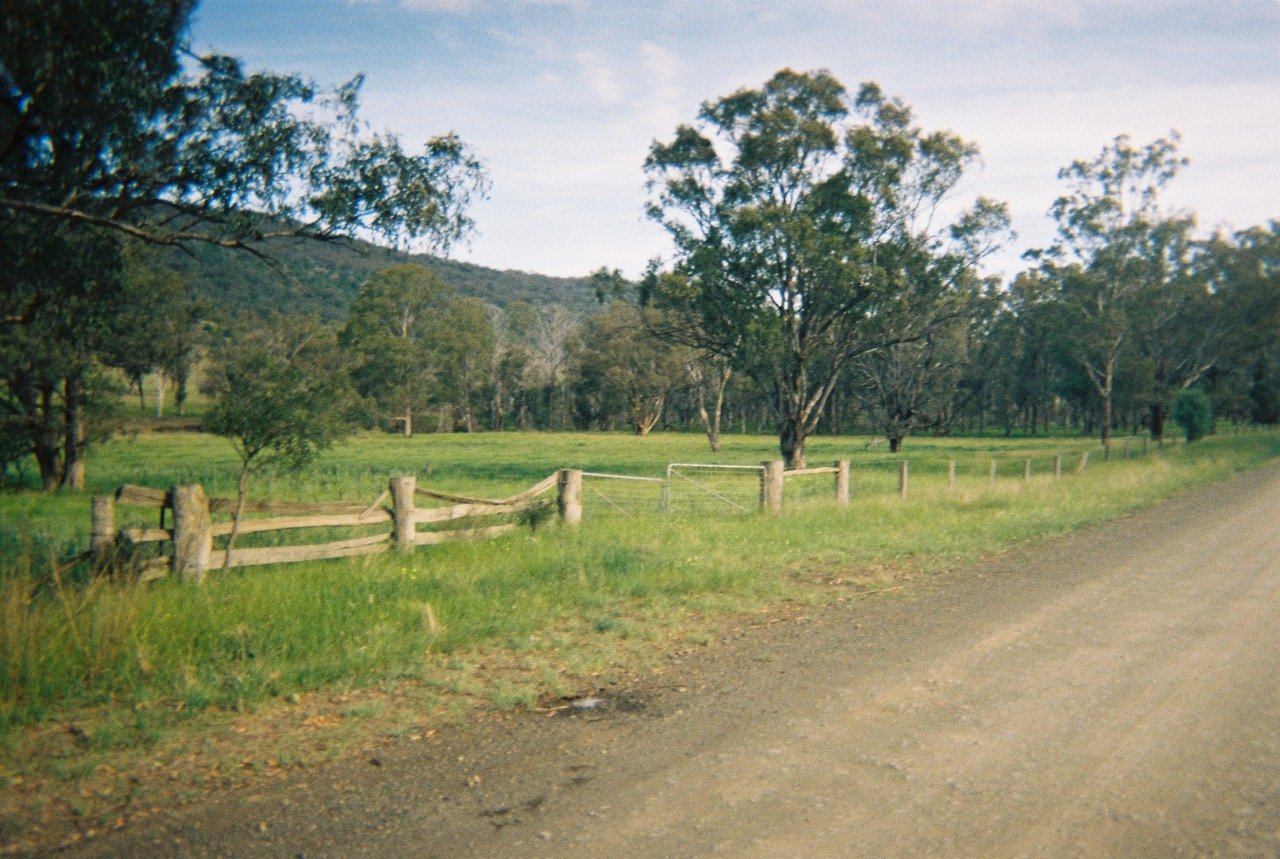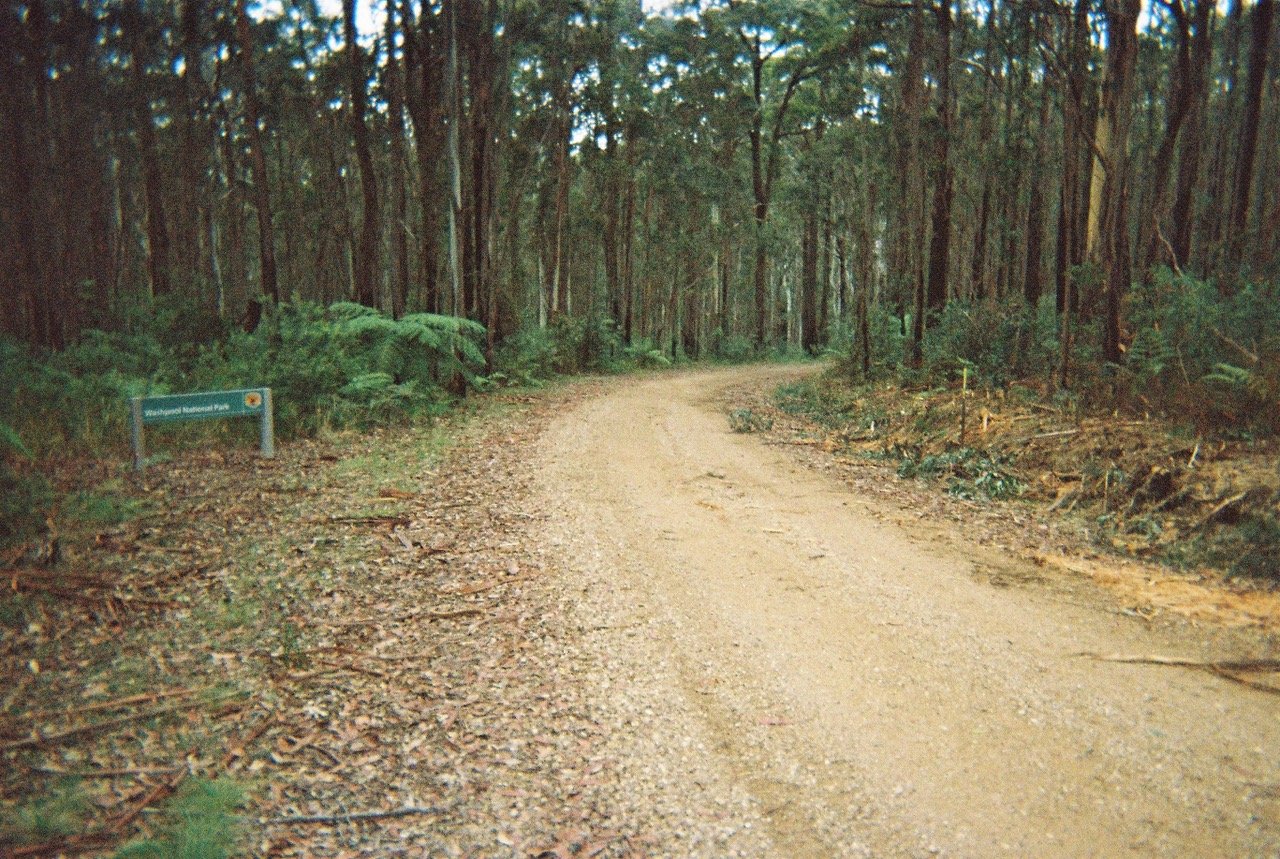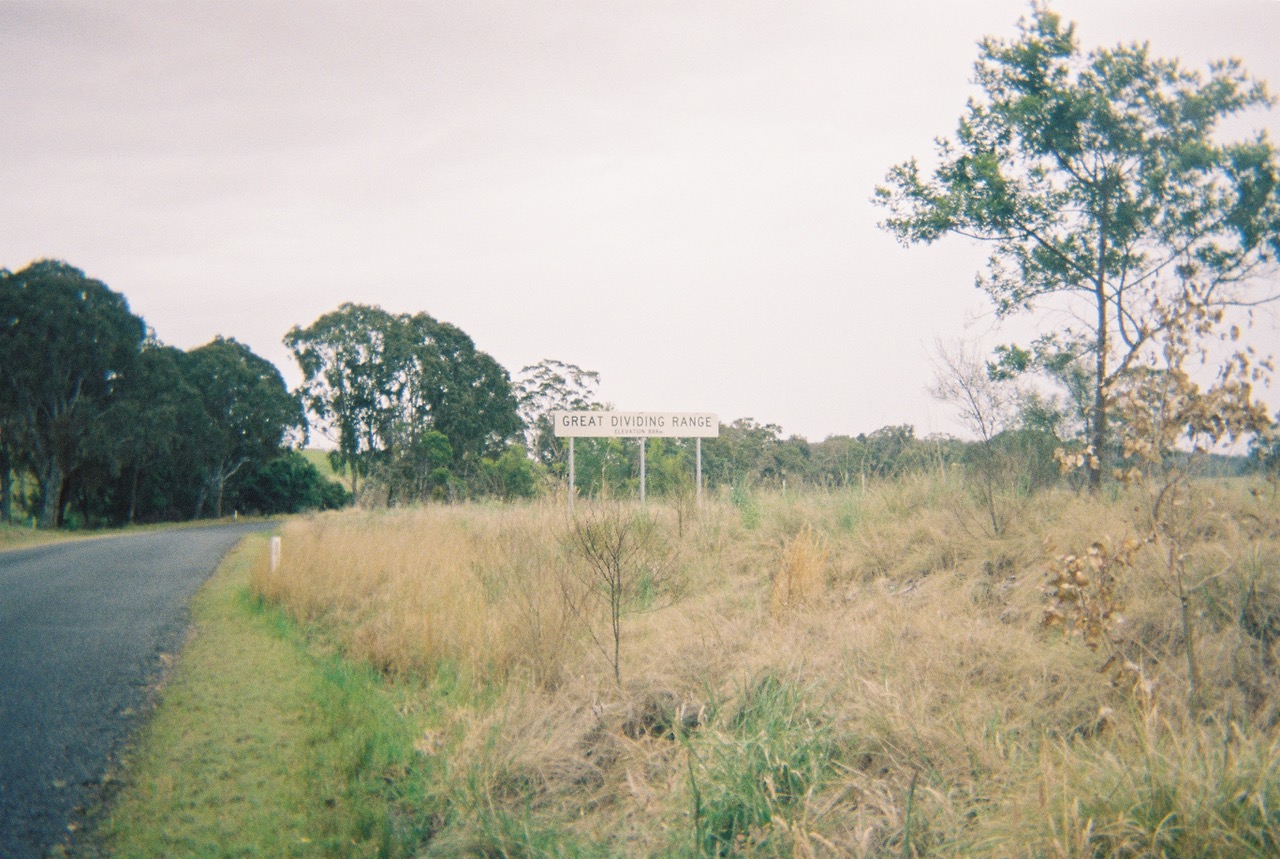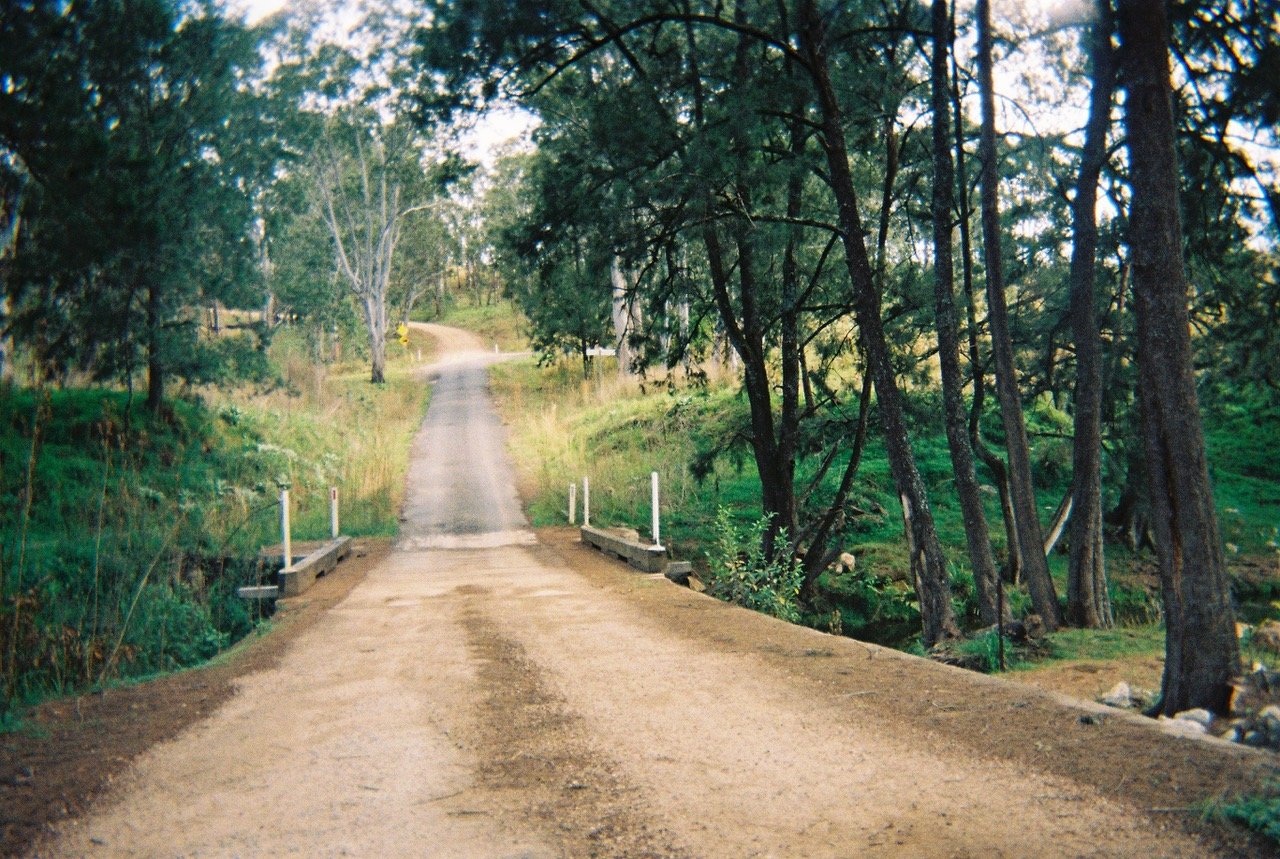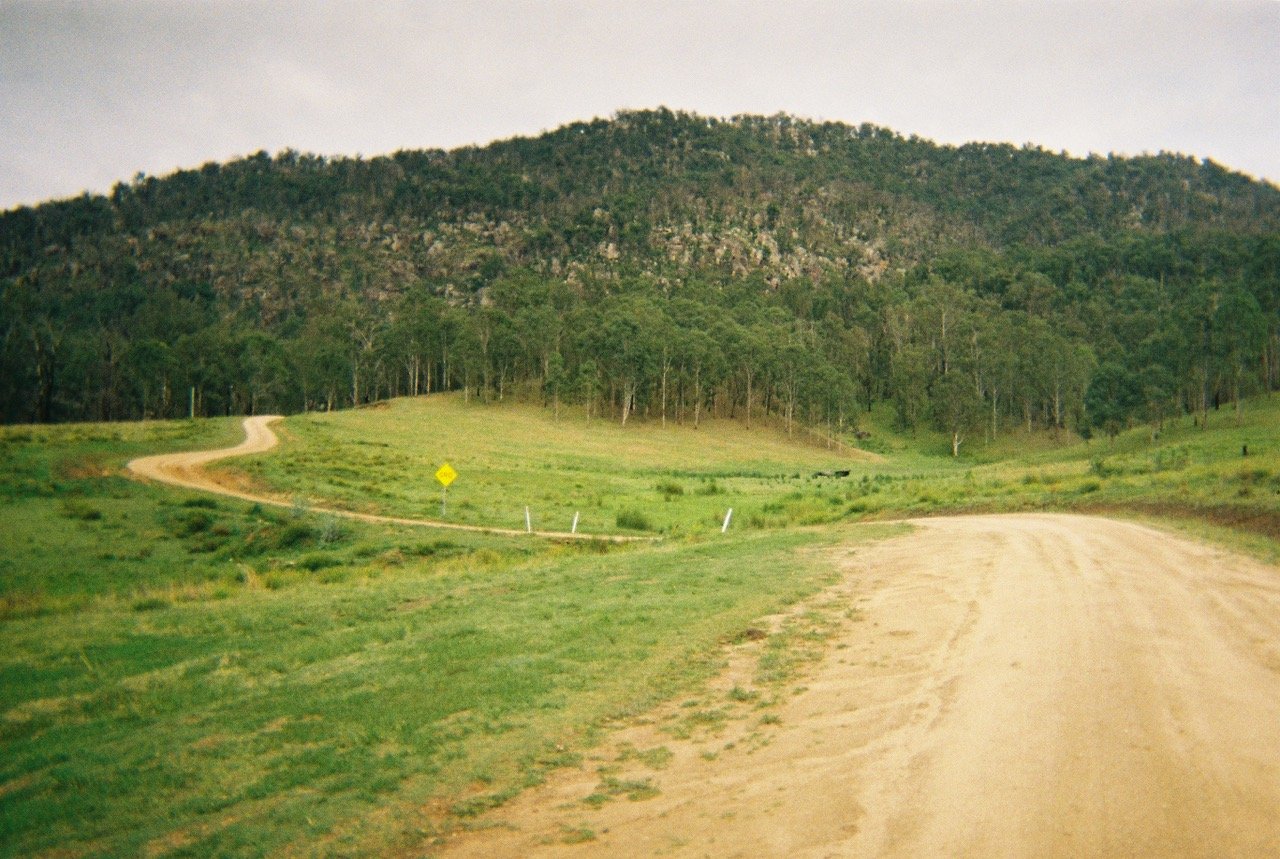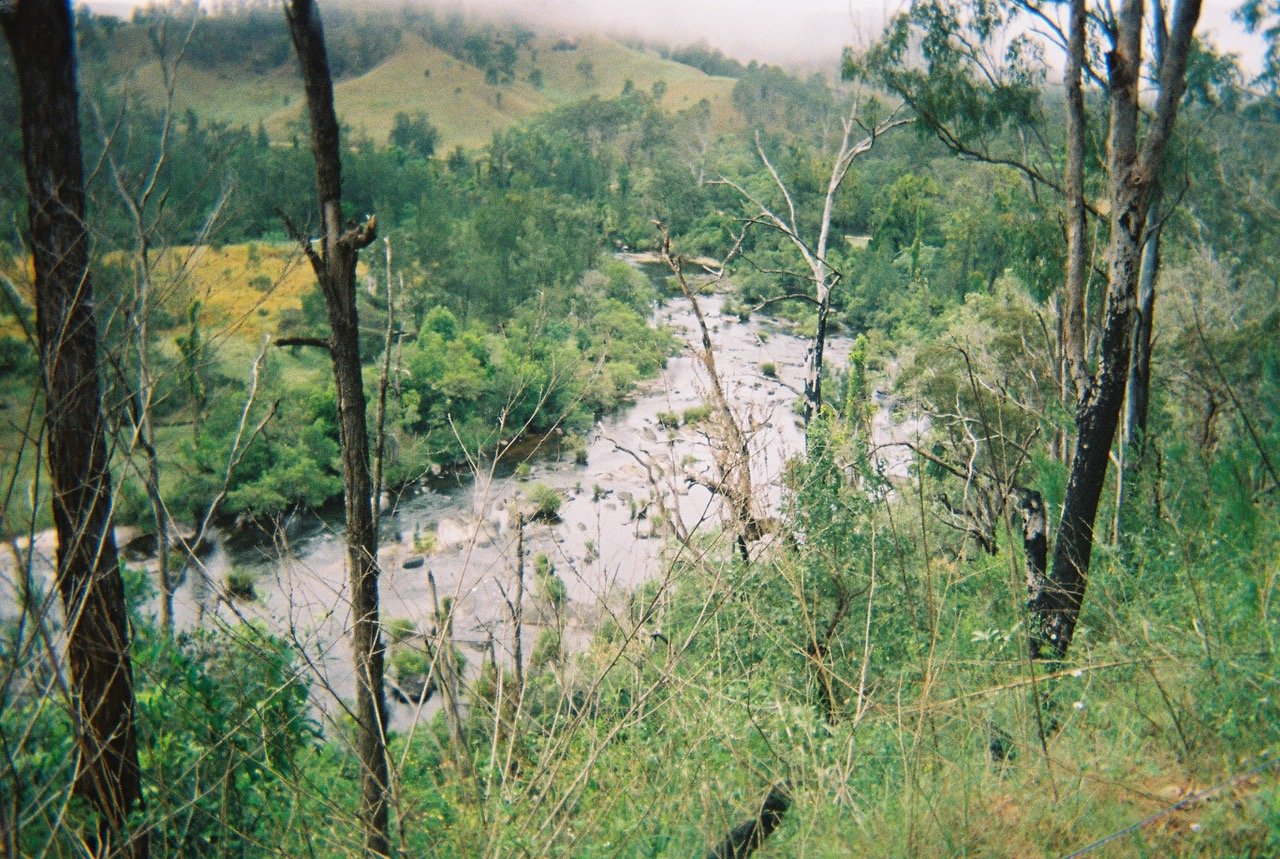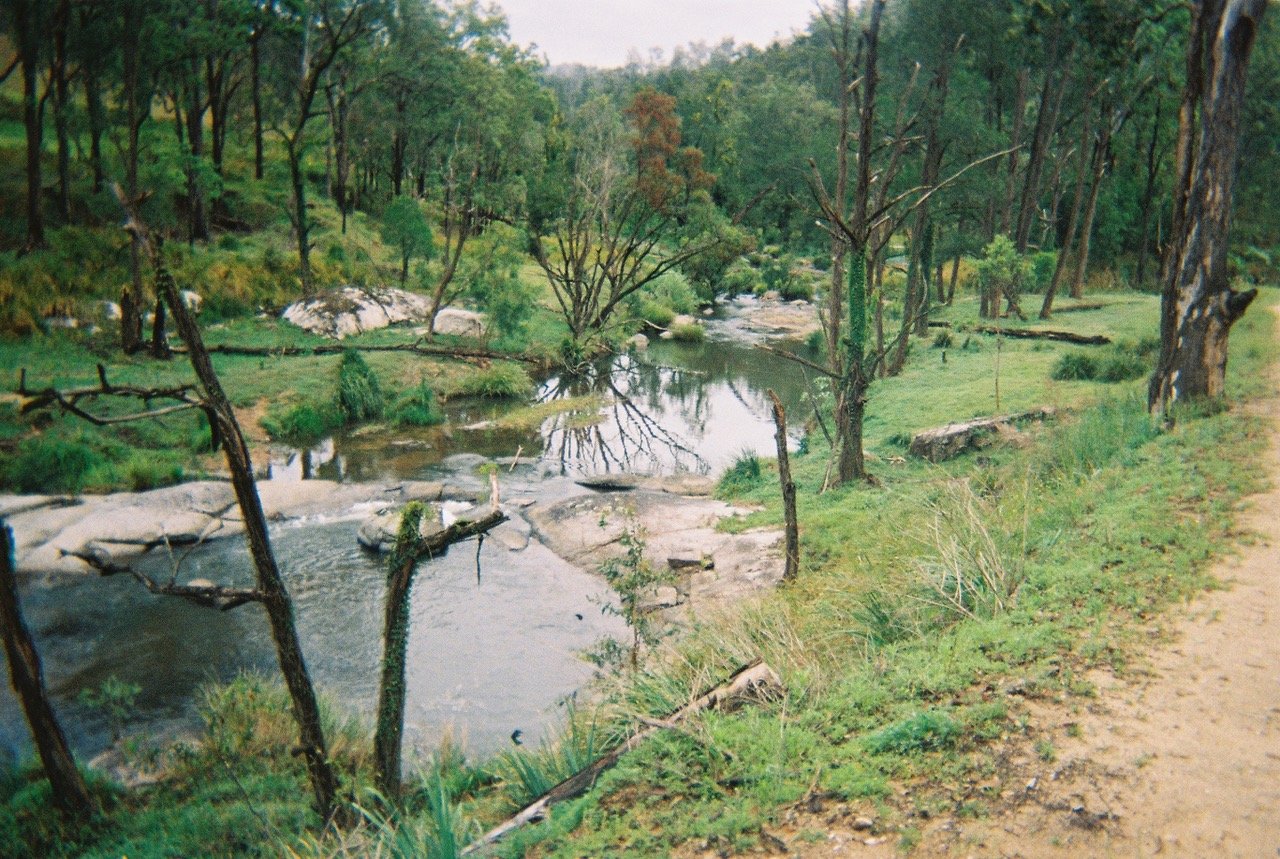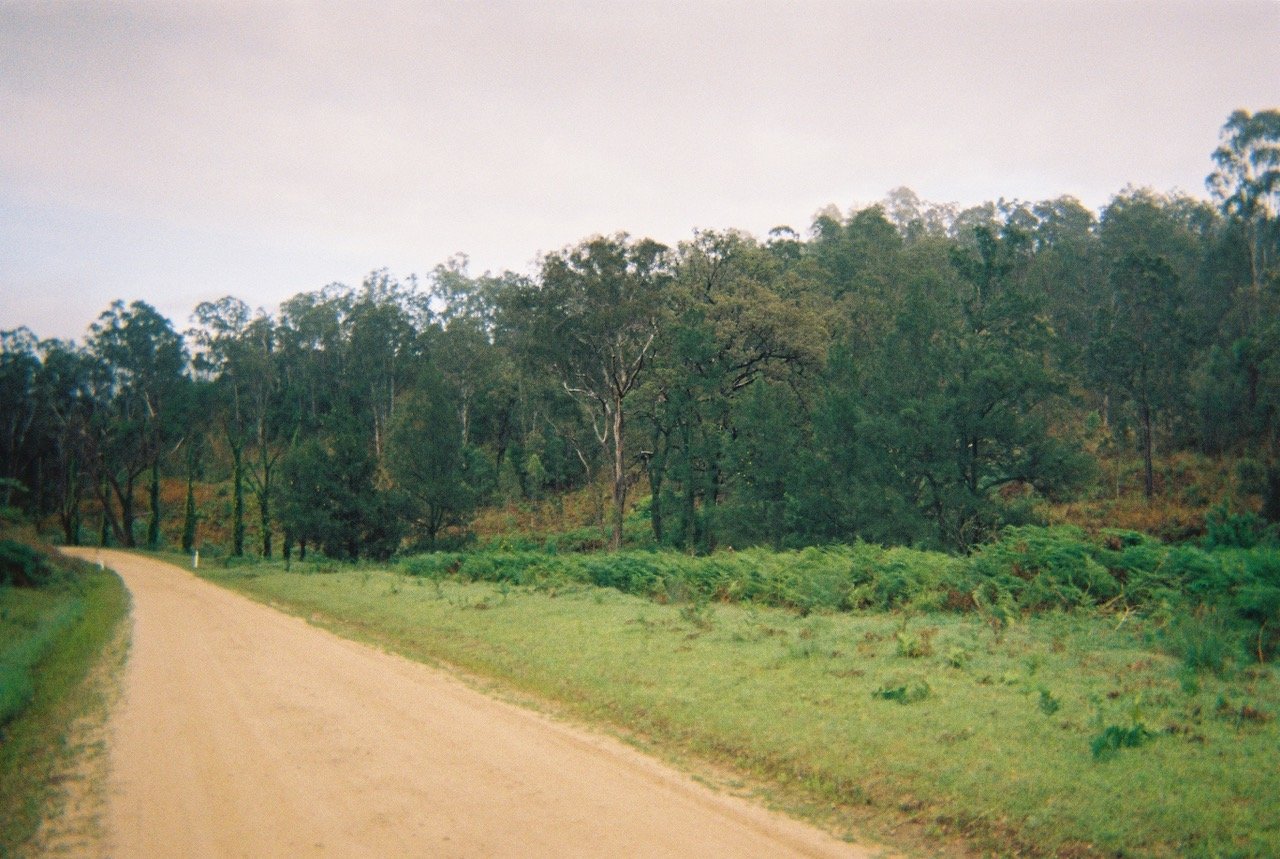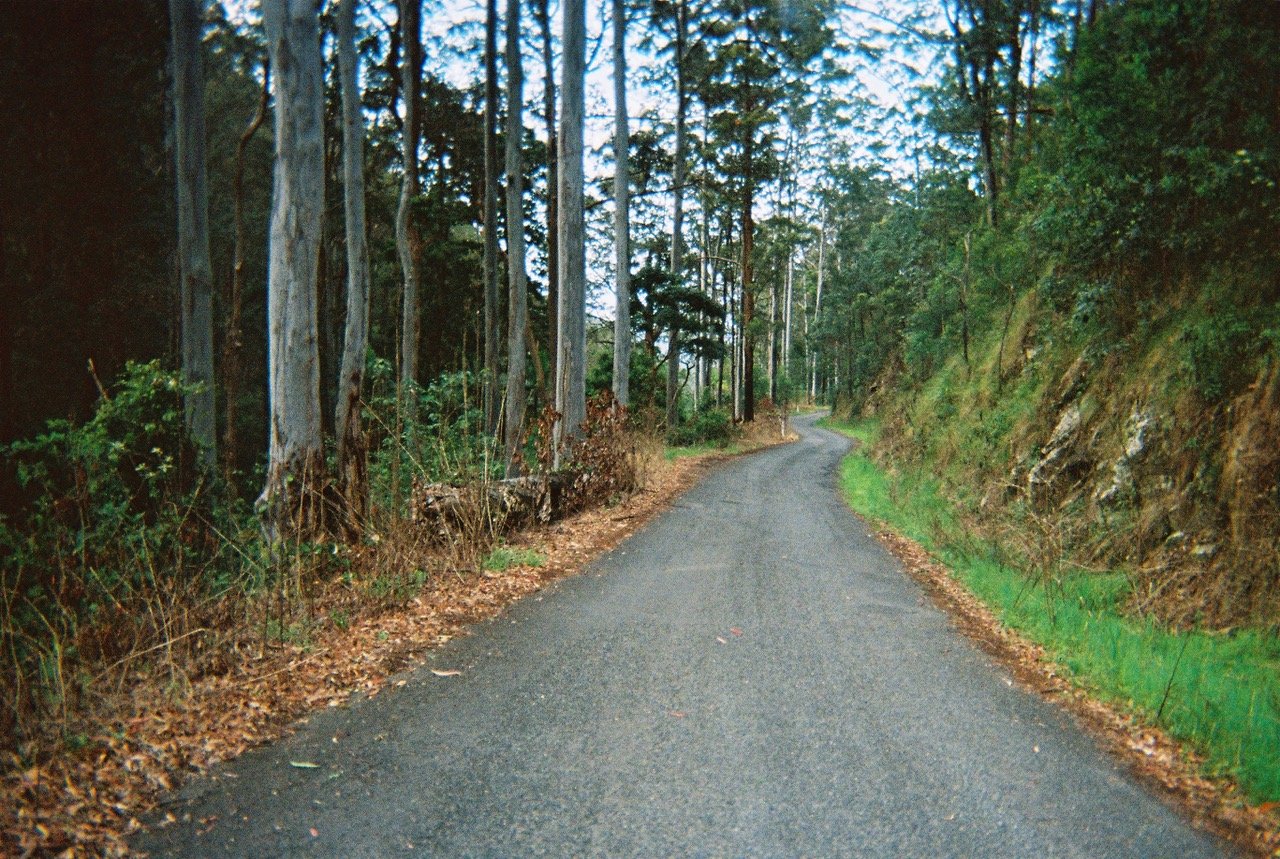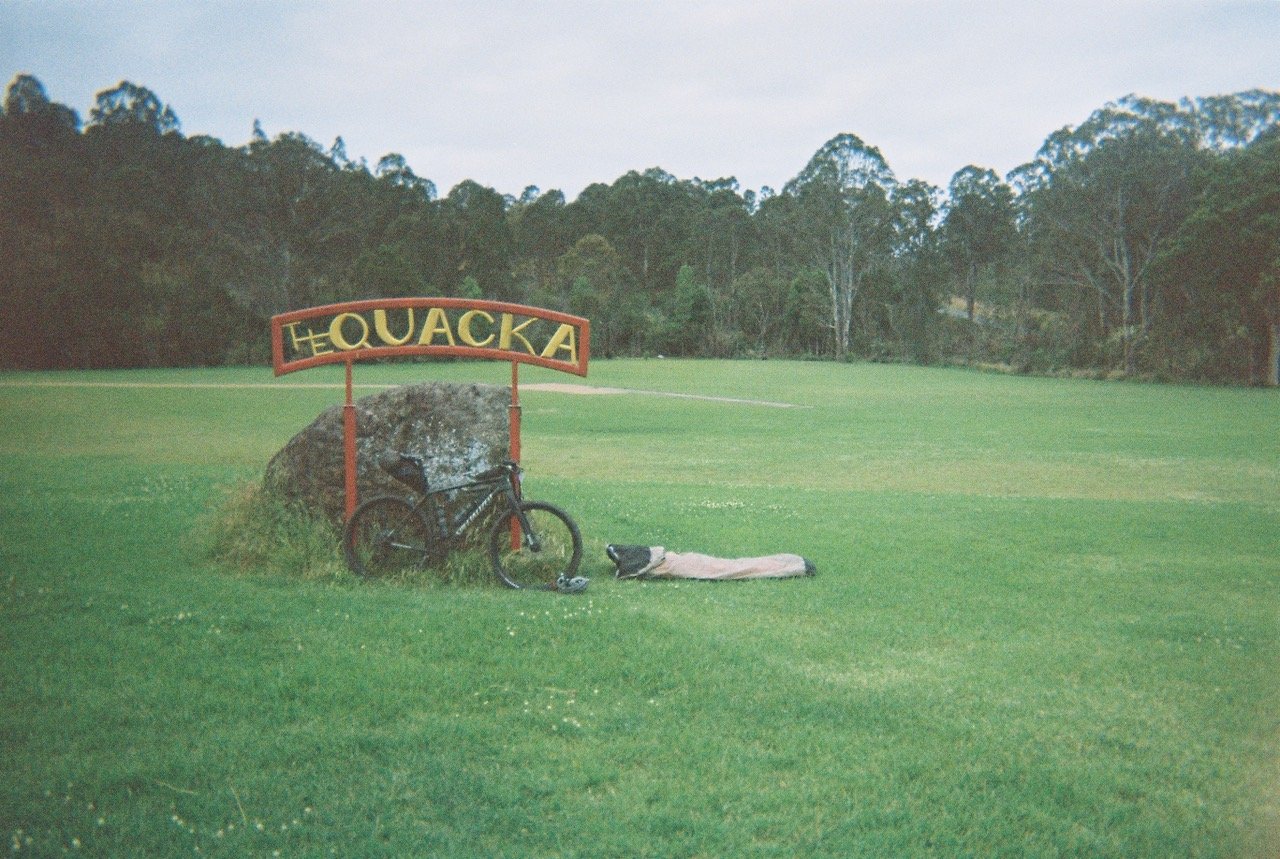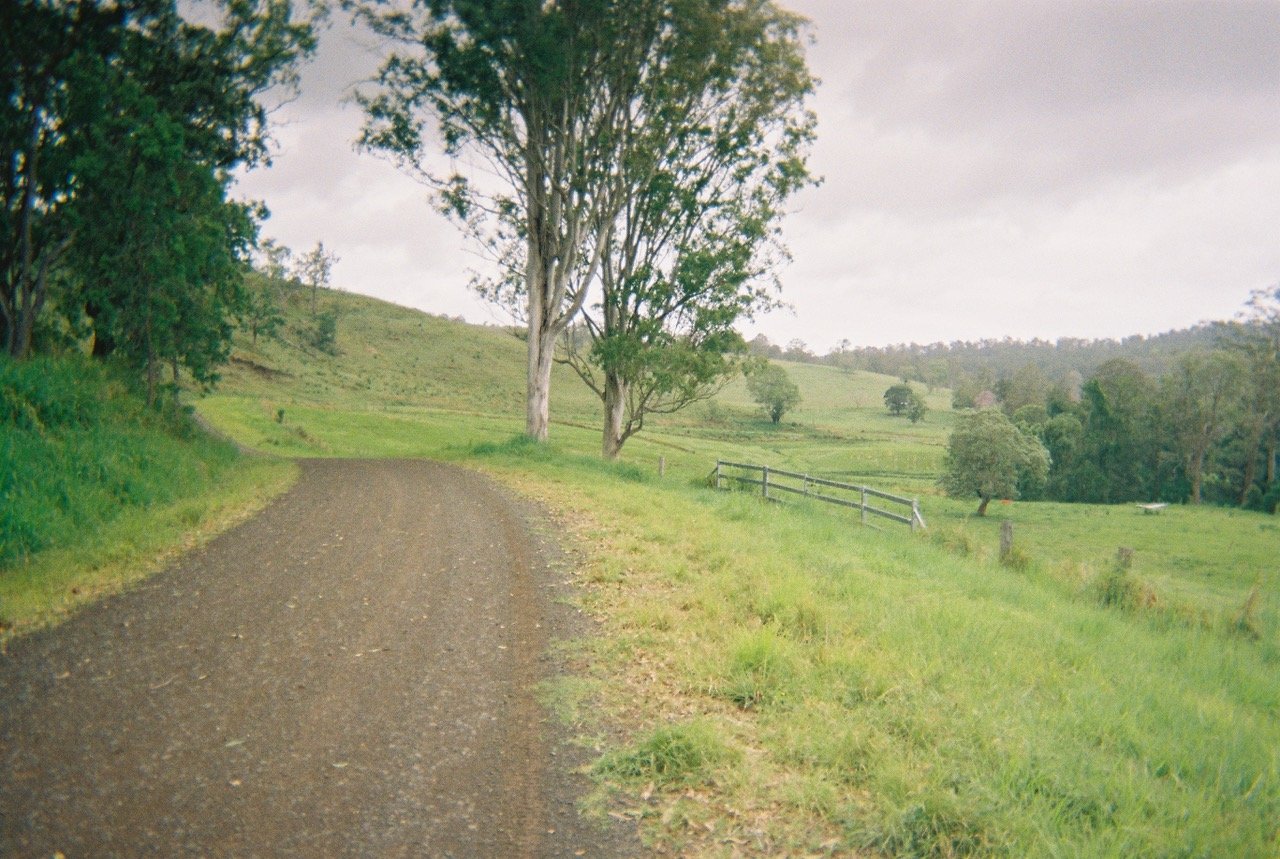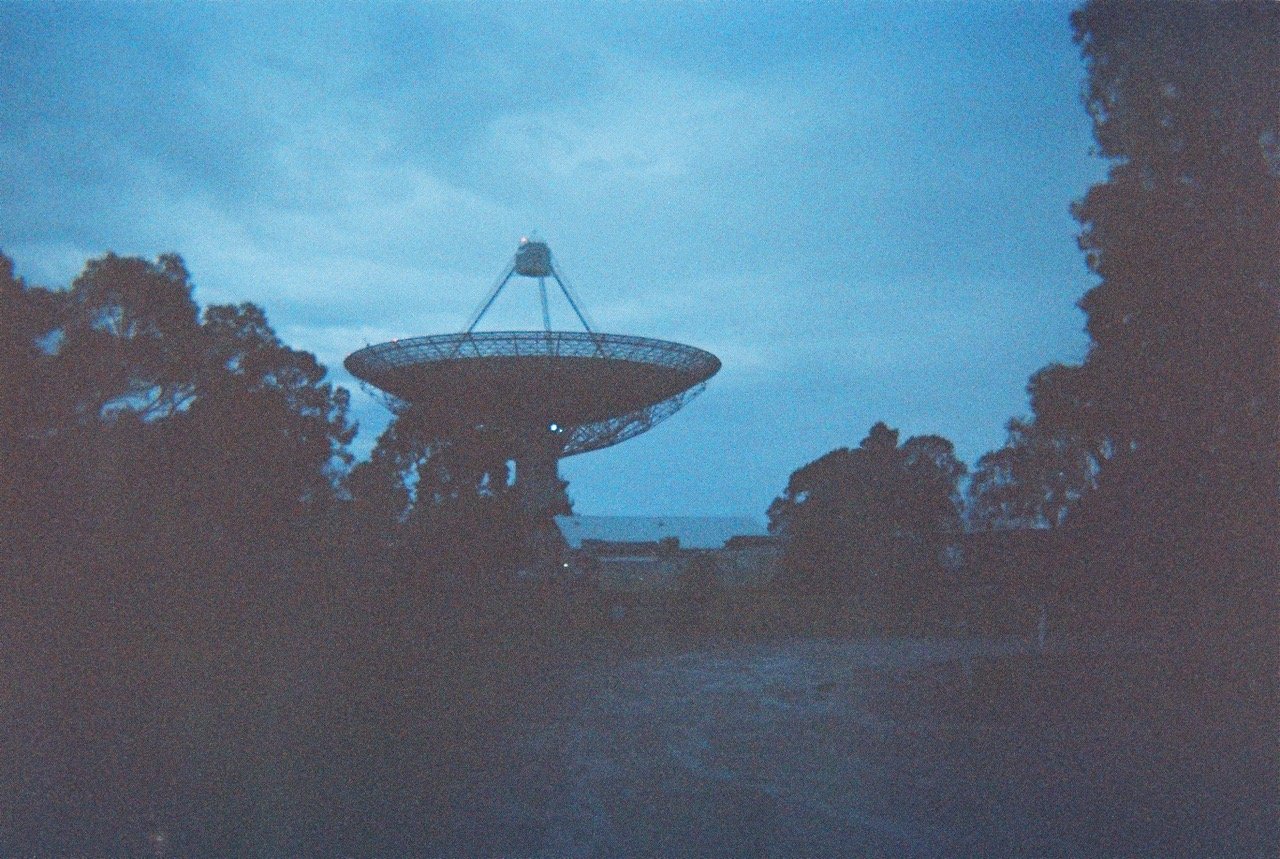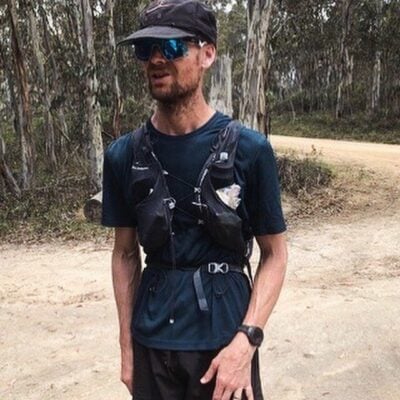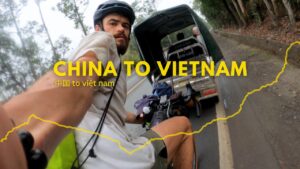A bikepacking journey from Currumbin to Albury fueled by curiosity, resilience, and connection. Covering over 1,632 kilometers of remote Australian terrain, Brendan embraced freedom and challenges, from conquering 30% climbs to riding through fierce storms. His story reminds us that preparation, respect for the land, and an open heart can transform any journey into a profound exploration of self and place.
There is so much space out there – places between places on maps. It’s incredible to uncover all that you can only imagine. I learned that it’s safe to explore; just because something is unknown doesn’t mean it has to be scary. The people, the weather, the terrain – it’s all manageable as long as you’re prepared.
What I discovered about myself is that I can literally do anything I put my mind to. There were moments out there when I felt an overwhelming high of emotions tied to that realization. Ultimately, in any situation, all you can do is focus on what’s right in front of you.
An idea popped into my head: “What if I just left my door in Currumbin one day, started riding out west, and kept going—all the way to Parkes?” The thought of escaping, without the need to return on a loop or out-and-back ride, sparked a deep feeling of freedom and exploration for me.
Initially, I chose Parkes (Alec Town) because of childhood memories. I remembered seeing the Warrumbungles in the distance from the car window. It was roughly 1,000 km to Parkes, but I quickly realized it was only another 450 km to my hometown of Albury. What a run that would be—all the way home for a visit, with the chance to catch a plane back afterward.
Plans soon got underway. I had future goals to enter some bikepacking races, and I felt that if I could achieve this journey, it would validate my readiness to compete at a more experienced level.
3 Moments of Profound Nature Connectedness

- Flying along Flora Reserve Rd somewhere between Tooraweenah and Gilgandra—pure Australia. It’s a wide red dirt road built for speed. I hadn’t seen a soul for hours, deep into the 900s (km). I was going 40 km an hour, welling up with tears of pride and enlightenment.
- Riding towards Quandialla, I was headed straight for the biggest, blackest storm I’d ever seen. It looked like a scene out of Twister, and I was riding right into it. It didn’t disappoint!
- The final 50 km around Wulbundrie. After 11 and a half hours, the headwind disappeared. Silence. The sunset provided magical skylines on both horizons across the open paddocks—reds and oranges on one side, indigos on the other. Indigo, my favorite color, felt like it was just for me.
Seeing an emu in the wild through Tinkrameanah NP was up there too.
How did you embody responsible travel during this trip?

I made sure to embody responsible travel by packing all my rubbish wrappers into a ziplock bag that had already served another purpose. There’s something satisfying about tossing that compact ball of messy plastic into a bin, knowing you’ve minimized your impact.
Engaging with locals at shops or pubs was another highlight. You meet people who absolutely thrive on the idea of an adventure, and the connections can be incredibly fulfilling for everyone involved. Even if you’re feeling empty or drained, just smiling and saying “Thank you” goes a long way.
Connect with like-minded Responsible Travellers at Zuetani.Earth
Bikepacking NSW Route Map
The first two days I climbed 9,000 meters. Sugarbag Road was a succession of spikes as steep as 30%, like a roller coaster to hell. I hit this after 200 km on day one, having been climbing all day. It was the toughest section of road I’ve ever tackled in the context of a single day.
Day two took me from Drake to Tenterfield, crossing the range via Rocky River Rd and following the Timbarra River. By far, it was the prettiest and most unique landscape I’ve ever seen.
Physical, Mental, and Logistical Preparations

It’s not just about the riding.
The preparation and planning are a big job, but it’s a hobby that fulfills me immensely. With normal commitments, including my two-year-old son, time is lean, so I set myself nine months to prepare.
The physical training consisted of 10–20 hours each week, both on and off-road—hills included. My daily commute is 30 km, with a few route options, the most common being an ascent of Mount Tomewin. I had a mate training for the Hunt 1000, so we enjoyed some good adventures together, including a couple of overnighters. I also swim laps most days, do core and bodyweight strength exercises a couple of times a week, and stretch every night.
Mentally, it’s really about how you ride and trying to mimic scenarios that might come up on long routes—stuff you’re scared of or need to test, like rain, cold, or being tired. I think the secret is forcing yourself to get on your bike at 7 p.m. after a long day and ride into the night over the mountain. This teaches you to find legs and motivation when, technically, you shouldn’t have them. But you always do—it’s all mental.

One day, I knew it was going to pour down rain that evening, so I purposely rode to work to test my gear. It rained monsoonal amounts in 30 minutes, and that taught me a lot. It kind of sets a benchmark too—if it can’t get worse than that, you know you can handle it.
Logistically, I used Gaia GPS and plotted maps. I contacted NSW Parks to check conditions and works well in advance, which was very useful as some road tracks can be seasonally disrupted. I also checked a few roads with local users—you’re sort of riding blind into these areas, which is half the point, but I just didn’t want to have to reroute because of poor planning. Private property is sometimes unclear, so it pays to check.
The gear has to be tested during training. I had to work out how to use the Etrex, which took some effort, but now that I know how it operates, it’s so simple. I would highly recommend it and would happily advise someone else on using it.
Another important aspect was going through BOM climate data and understanding the temperature and rainfall expectations. This helped dictate when to go if planning your own route and what gear to take. I had planned to take advantage of the full moon luminosity at night, but I didn’t see it once because of the bloody rain clouds.

It’s 1 a.m. I’ve had 1 hour of sleep and decide to depart Peak Hill in hope to get ahead of the weather. Without coffee, I head out following a back rail road track, rain pants on. Minimal visibility because of the cloud cover and remoteness. The tracks are full of puddles and soft mud.
Down I go. Low-speed crash—covered in mud is the only damage. Lightning is flashing all around me… “what’s coming? You idiot.” At this point, I’m feeling between courageous and a complete fool with safety somewhat compromised.
It’s 30k to potential shelter at Alec Town. I pray the tracks improve… they do a little. All I can do is focus on what’s in front of my face… just get to Alec Town, sleep, wait. Nothing exotic, I’m literally all out of “good ideas.” Lightning still going on all around me—it’s unnerving. Then the rain starts. I edge closer to Alec Town with the rain heavy for about 5km. Terrible moving speeds.

After nearly 2 hours, I reach Alec Town. In a town of nothing but 5 houses, there’s a palatial toilet cubicle. I sleep for 2 hours. The day ended at 5 p.m. in Quandialla—195k the day’s tally, 322km from Albury. So it turned out that the idiot move put me in a position to make it to Albury (home) the next day. It would be an epic push into a 20k/r headwind all day, but I believed I could do it and the motivation was ultimate.
For someone considering a similar trip, what items made the biggest difference?
My MAAP Atmos Jacket was the most useful piece of kit. It’s a lightweight rain jacket, 20k waterproof and breathable. It served perfectly as the warm layer in the mornings and to bear all the rain but wasn’t too bulky or hot that you had to rip it off as soon as the rain passed.
The Garmin eTrex 22 – I was so impressed with it. After some practice and research, it was such a simple navigation device with lithium batteries I only changed twice on the whole journey.
Second on navigation were my cue cards. I had some laminated cards with distances between each town and what services were there. I found myself frequently checking the cards and planning on the go, which really helped keep the game going.

My bike is an Specialized Epic Hardtail with a rigid fork. It’s 10kg and nimble. Packed at 17kg without water, the thing rides like a dream, and you forget you’re loaded. Packing with some attention to physics plays a big role in the handling too. It’s a black stealth-looking thing with some sneaky bling—a black chain on a rainbow cassette. The rainbow cassette is a nod to those petrol-colored marbles highly sought after in the school playground.

Start with micro-adventures. Even a ride to work can shift perspectives for you, or a short overnighter where you leave late—maybe after work. Keeping options like this open helps with training and practice around life commitments. The trip goal might be a gear test or practice being alone. Keep it simple.
It’s cliché, but life’s precious, so be creative and chase your dreams. If fears and challenges present themselves, that’s an opportunity for enlightenment. Turn the noise down on regular life.

